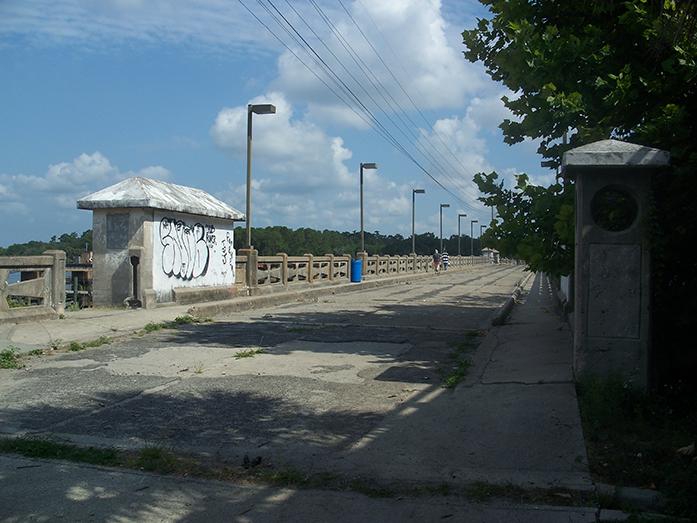The U.S. infrastructure, once the envy of the world, is now a crippled, crumbling network of neglect. Bridges, highways, railways, and dams are among the decaying structures that have faced chronic neglect. The situation has become increasingly serious. The number of deaths due to bridge, highway or dam collapse is rising. Entire towns are swallowed up whole when dams burst — 11 dams broke over one week in October within South Carolina alone.
Some of the dams were more than 100 years old and well-recorded as unsafe, and in need of renovation. But there hasn’t been sufficient funding. Reports of underpasses releasing massive chunks of concrete on to passing cars or collapsing all together are becoming all too common — and again, the funding hasn’t been there. Moving beyond transportation of civilians, pipelines for oil and natural gas have also been showing there age, with massive explosions that kill tear through communities across the US.
Roads in poor condition within the US are estimated to be a factor in 14,000 deaths annually. The estimated medical cost of deaths from decrepit roads was $11.4 billion in 2013. And the roads aren’t the only problem. It doesn’t stop at roads and dams, either. The derailment of trains has caused dozens of deaths and millions in damages in the last decade. Billions of dollars worth of productivity and time are swallowed up by waiting on congested roads, or waiting for shipping to arrive. Many communities have been championing an increase in infrastructure spending, and often for decades. It generally receives support from Democrats, and often (but less so) from Republicans. Even with a general sense of bipartisan support, the money is never committed. As one of the largest land powers on Earth, infrastructure has to be a top priority.
Good news came when, on Nov. 5, the House and Senate both overwhelmingly voted in favor of a new infrastructure bill. The optimal amount of time for such bills is around six years, giving enough time for the bureaucratic systems to acquire permits and move the funding across all fifty states. The bill is a six-year plan, but only has funding for three. The lack of structure within a bill on structure is disconcerting at best, and many experts argue that the amount of money being pledged — $300 billion — isn’t enough to solve the problems of the US infrastructural system. More money, and equally importantly, more time, is needed address the issues at hand. The matter of the collapsing sewage, natural gas, and oil infrastructure will have to wait.
The recession of 2008 only served to further the problems, and cash-strapped states (in charge of the bulk of infrastructure) are unable to afford inspections, let alone reconstructions. That said, the economic benefits to those negatively affected by poor infrastructure, in addition to the benefits an economy experiences when large quantities of well paying construction jobs occur, could be a path towards financial stability within state governments moving forward.
The Daily Iowan Editorial Board is glad to see infrastructure getting attention from federal lawmakers. It will be up to the federal government to provide the necessary resources for states to make their infrastructures safer and more efficient. That said, the chronic underfunding and general lack of vision is troubling, and deserves far more attention from Washington than it gets.



